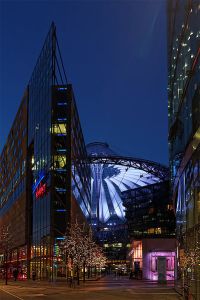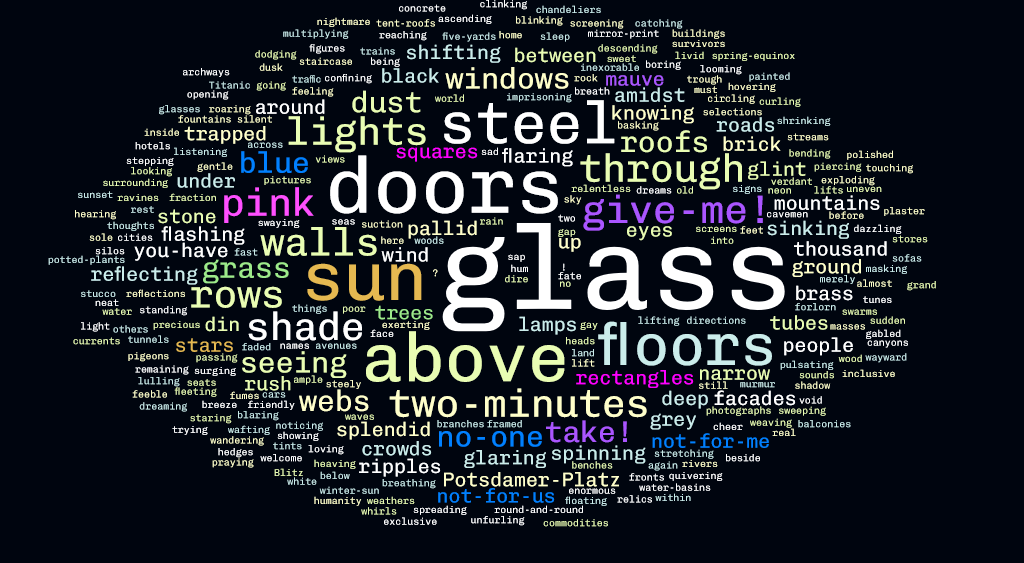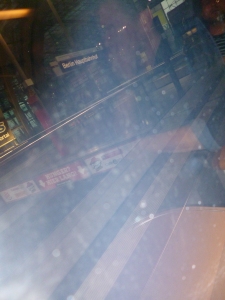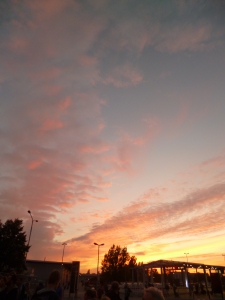Farbechte Hoffnung
Der Behälter enthält
eine bunte Matratze,
einen kleinen Fernseher
und eine Familie:
Mann, Frau und Kind.
Jeder von ihnen marschierte
durch Wüsten und Sümpfe
mit einem Rucksack voll Kleidern
und einer Tasche voll Träumen.
Träumen von Süßigkeiten
und Brot, von Spiel
und Arbeit, von Frieden.
Träume von Alltag.
Träume von Schlaf.
Träume von Heimat.
Der Behälter enthält
drei hungrige Menschen,
drei hungrige Herzen
und viele Ballen farbechter Hoffnung.
Christina Egan © 2016
“Dreams of everyday life. Dreams of sleep. Dreams of home.”
This poem was inspired by the photograph of a refugee family in the excellent newspaper Agora, at the end of a year of mass migration into Germany. See also my previous poem Kerzenbekrönt, which shows the idyllic side of Christmas in Germany.
The homeless family in the photo — a man, a woman and a child — will remind Christians of the ‘Holy Family’ of Joseph, Mary and Jesus, who were sheltering in a stall for animals when Jesus was born. I assume the editors of Agora chose this motif for their photo montage consciously.
This poem may work in a translation software.









